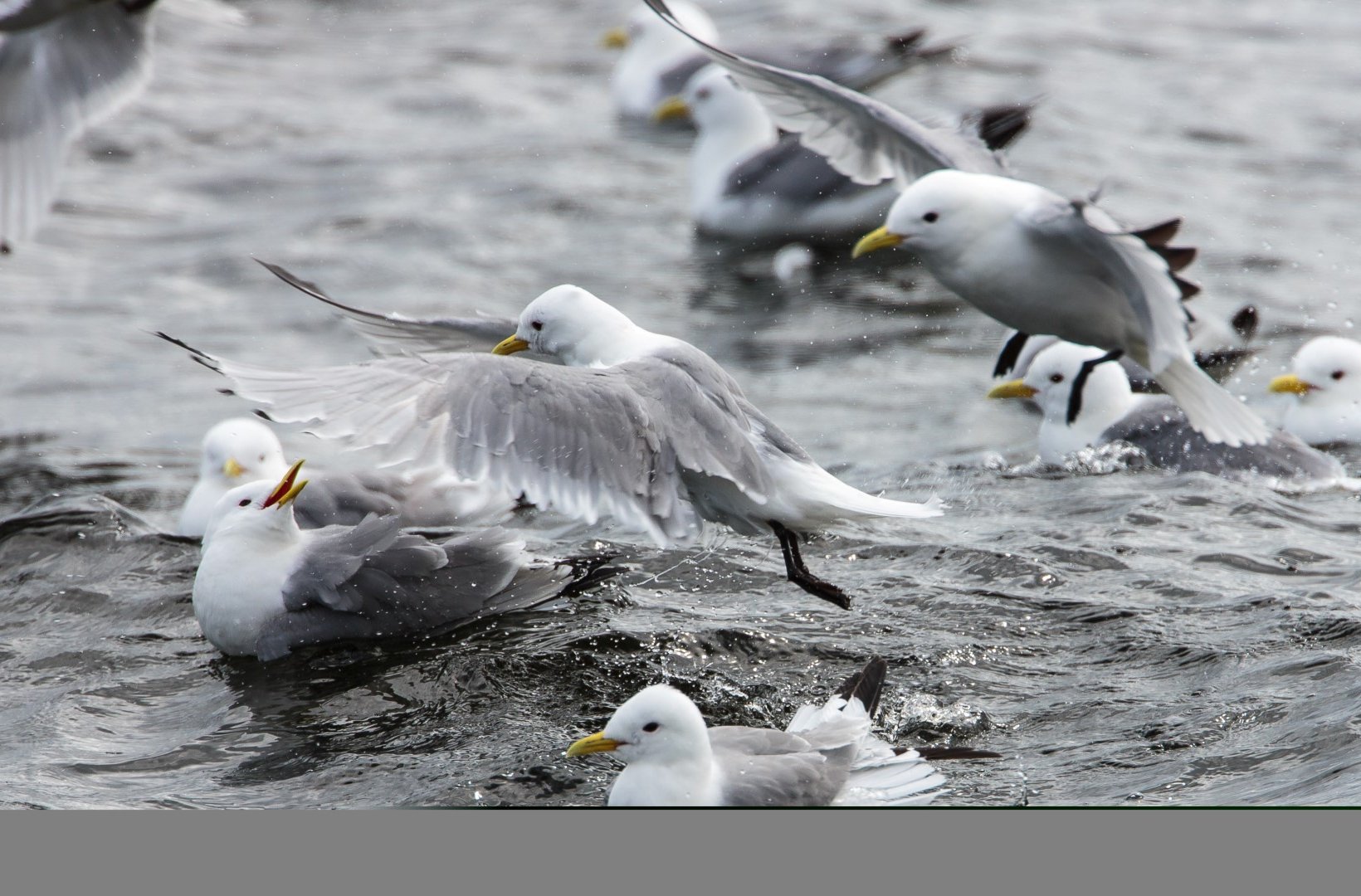
Ornithology embraces the digital age as radars to be deployed on ground breaking offshore wind research
Vattenfall awards contract to Scottish ornithologists to deliver world first bird study programme
The next phase of ground-breaking environmental research at a wind farm off the Aberdeenshire coast is scheduled to start next week after Vattenfall, the Swedish energy group, appointed a Scottish specialist to carry out bird studies, it can be revealed today.
The Edinburgh-based team of RPS and Danish-based DHI Group will deploy state of the art radar-camera based digital technology. It will monitor the flight patterns and responses of gannet, kittiwake and large gulls flying during the summer breeding season through and close to the pioneering European Offshore Deployment Centre. The research, believed to be a world-first, is funded by the test and demonstration facility’s €3 million Scientific Research and Monitoring Programme.
Chris Jackson, Senior Environmental Specialist at Vattenfall, said: “Vattenfall encourages and enables research and development to support the continued growth of the offshore wind industry. The EOWDC, with its focus on innovation and research, is the perfect place to do it. The evidence gathered by this research will help decision makers to support the sustainable growth of the offshore wind industry, which is particularly important at a time when the sector is readying itself for rapid expansion.”
RPS Consulting Ltd and DHI Group, selected to undertake the study, explains how the world leading technology will work. Mike Armitage, Technical Director with RPS, said: “The high-performance radar system, communicating digitally with long-range pan tilt cameras installed at the base of the turbine, will collect three-dimensional radar tracks as well as video footage of birds moving through the wind farm. This cutting-edge technology ensures that specific species, flight height as well as their individual and group behaviour can be identified, throughout the wind farm during its operation.”
The study was selected in collaboration with an expert panel of key stakeholders including RSPB Scotland, the Joint Nature Conservation Committee, Marine Scotland and Scottish Natural Heritage.



